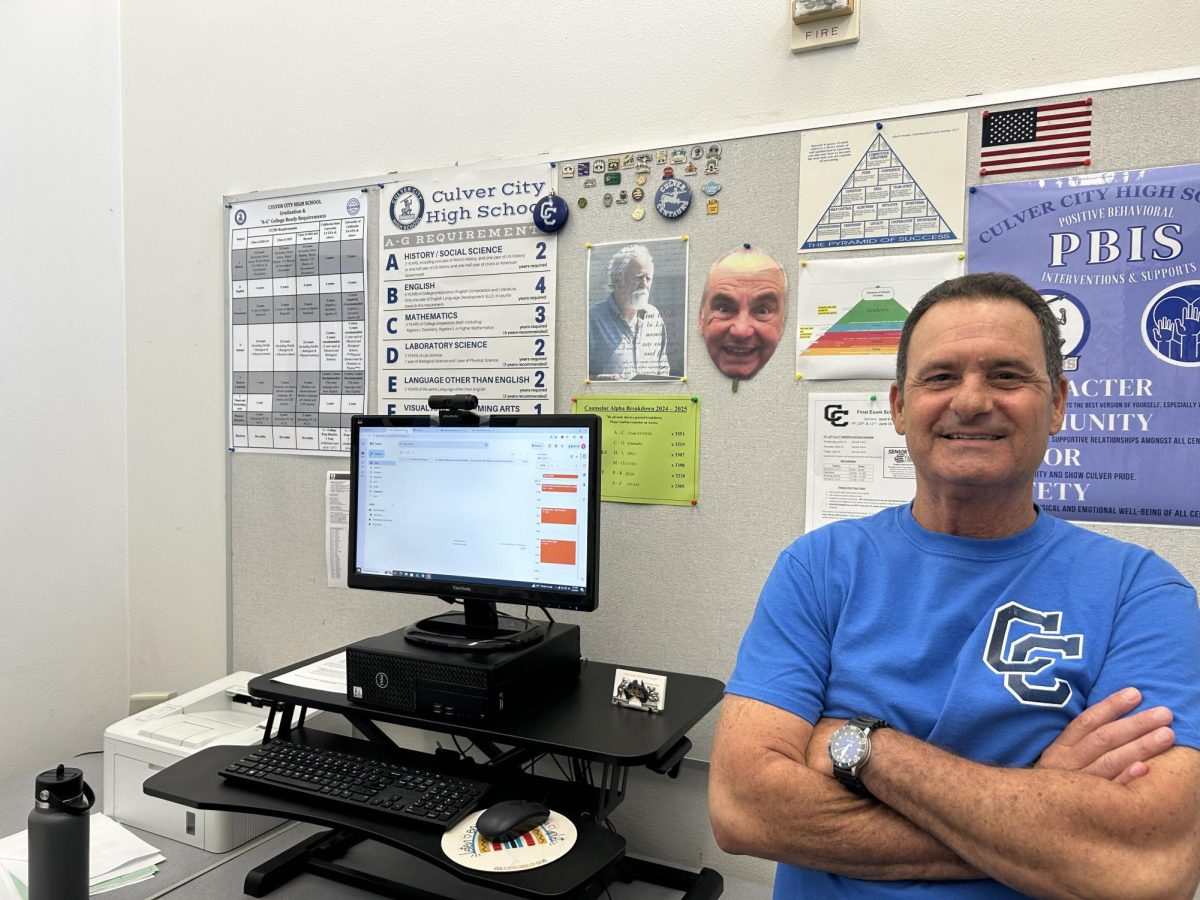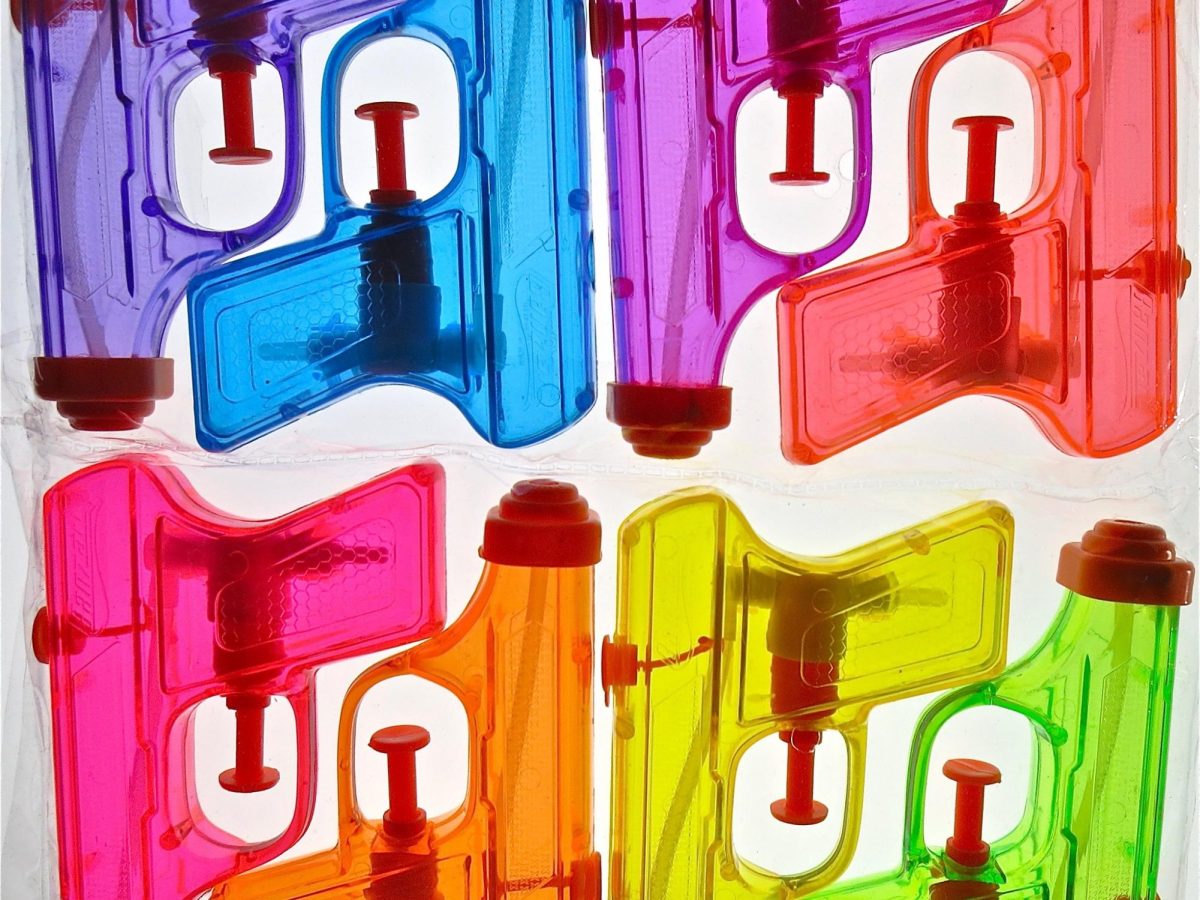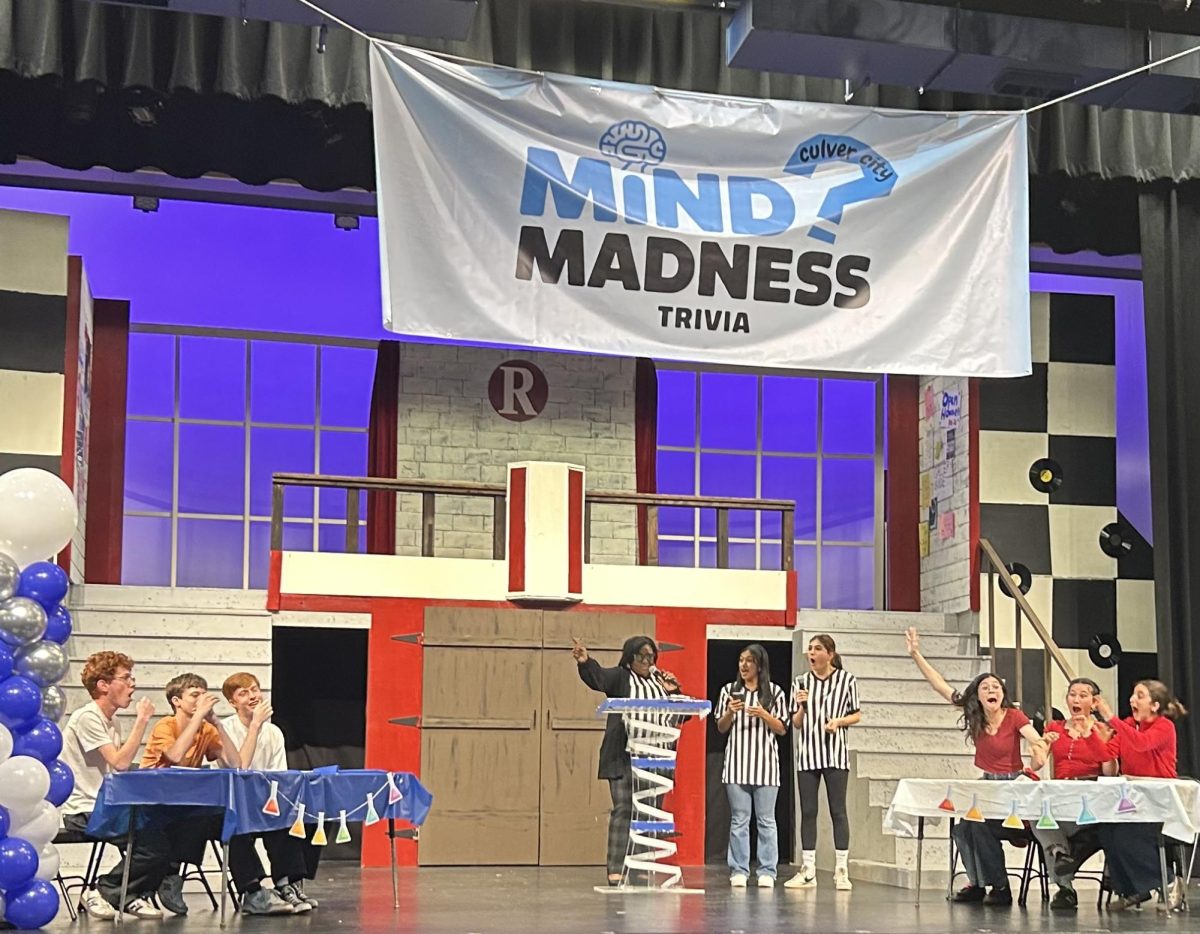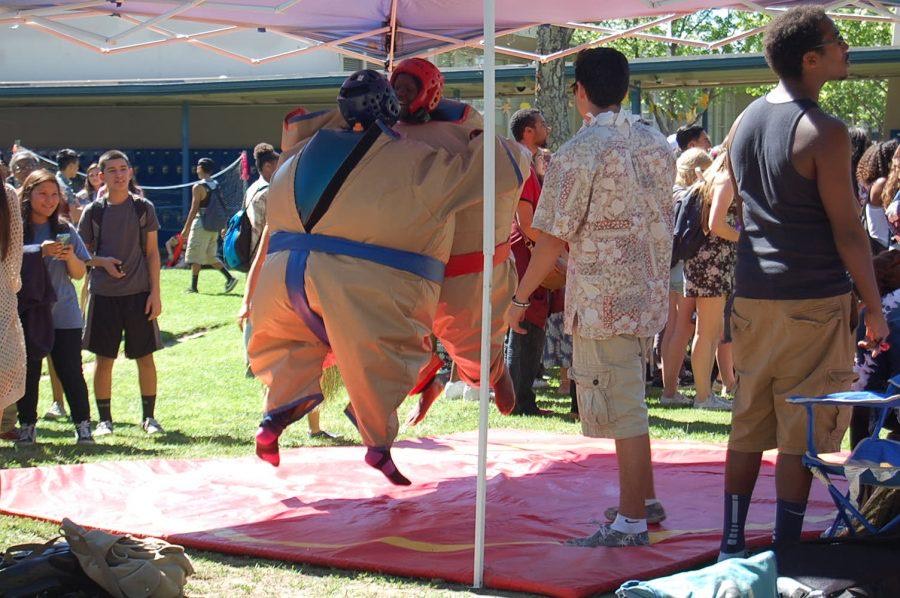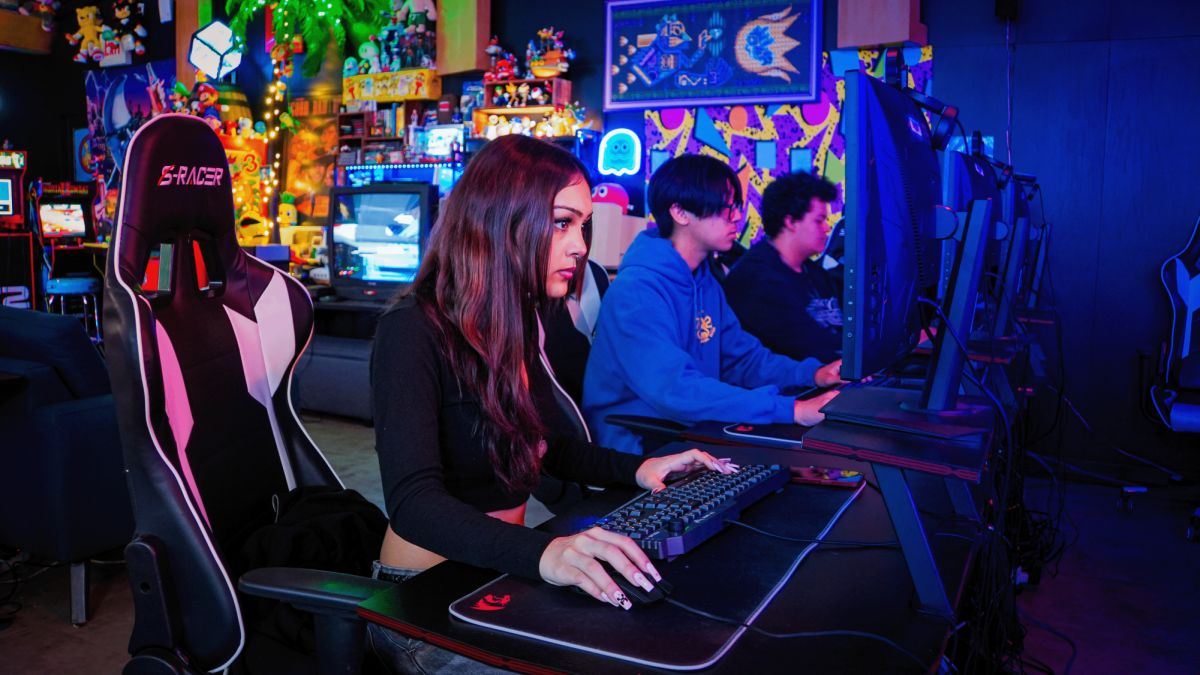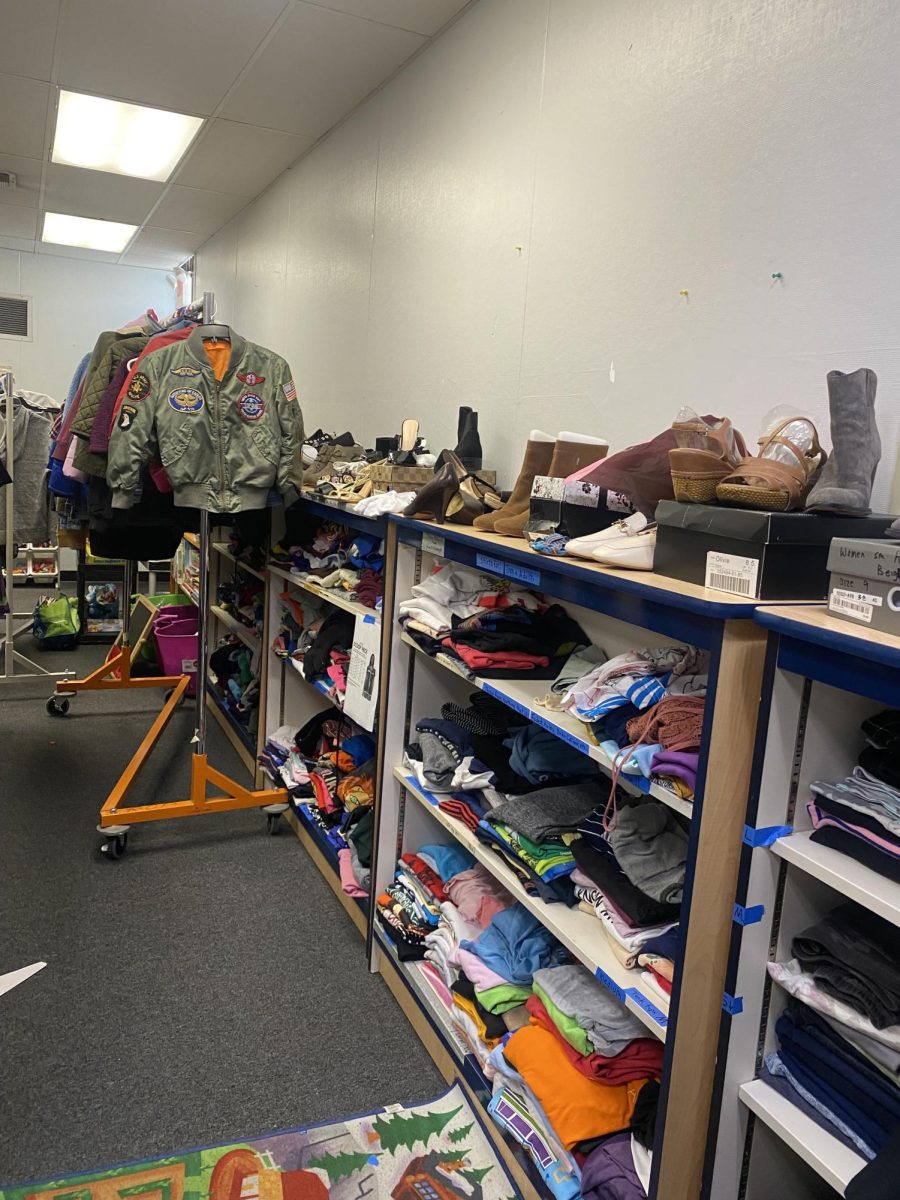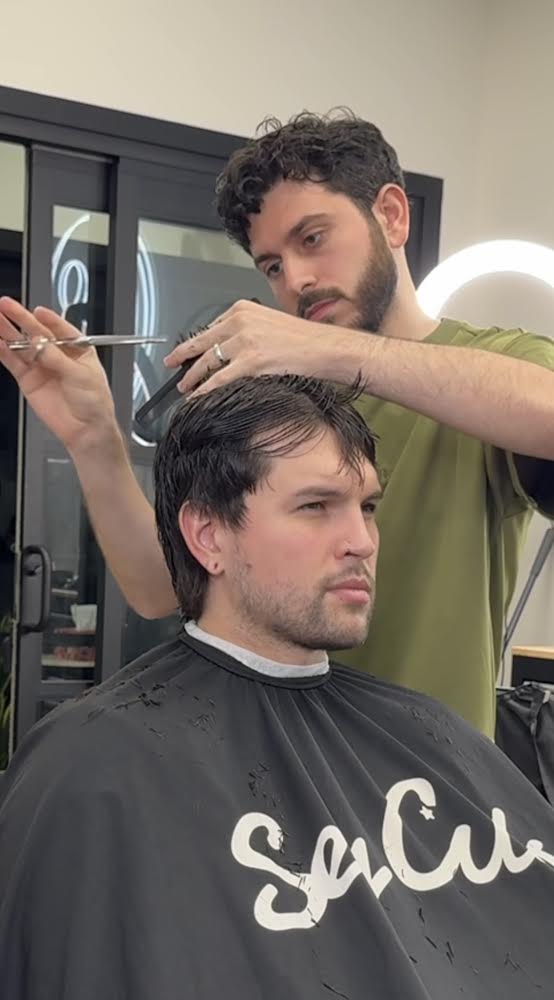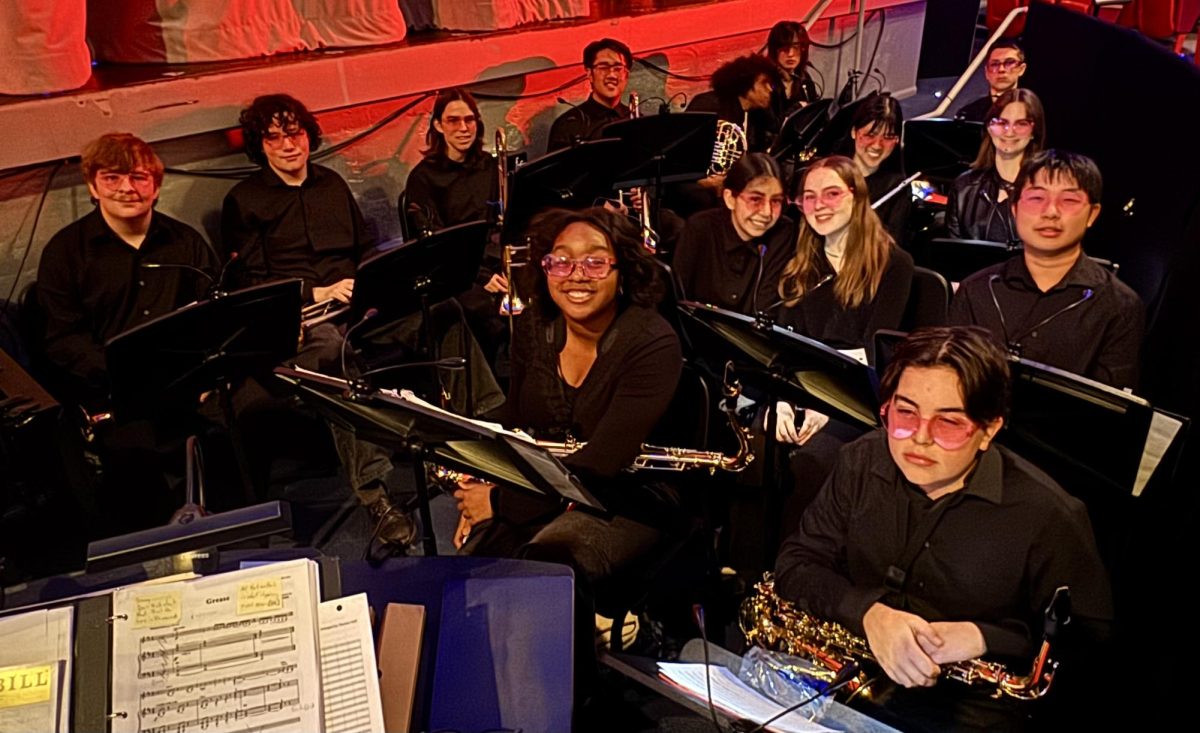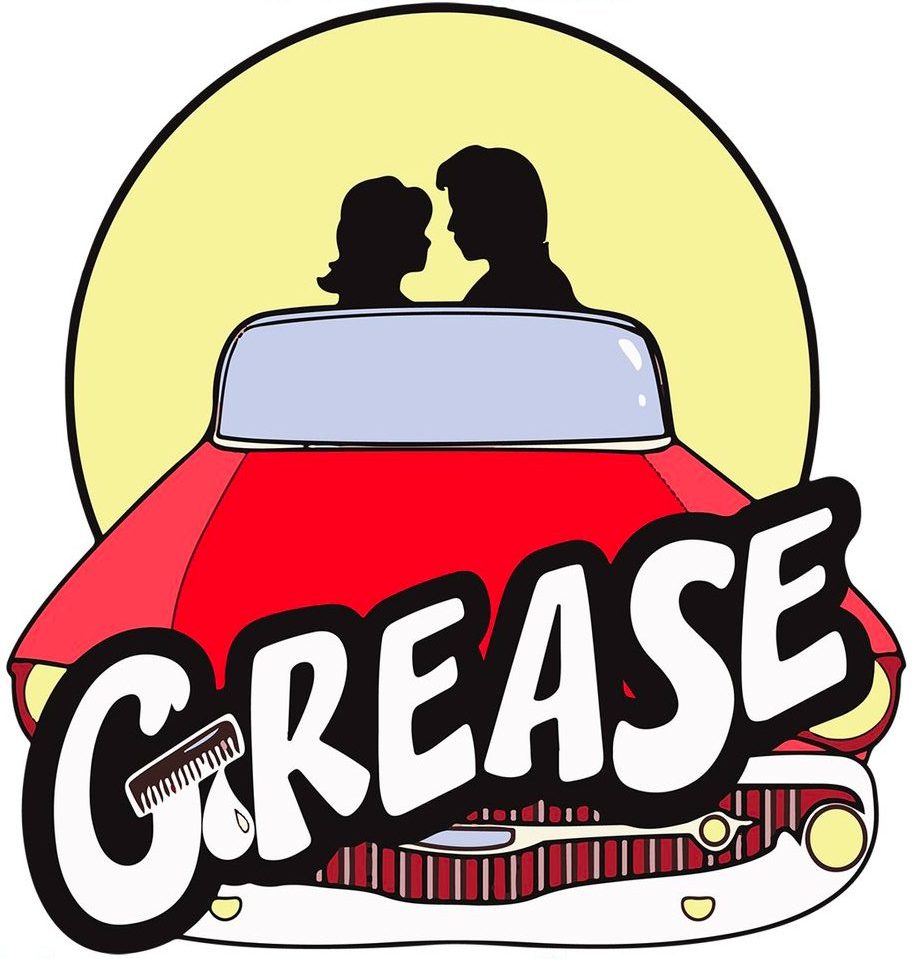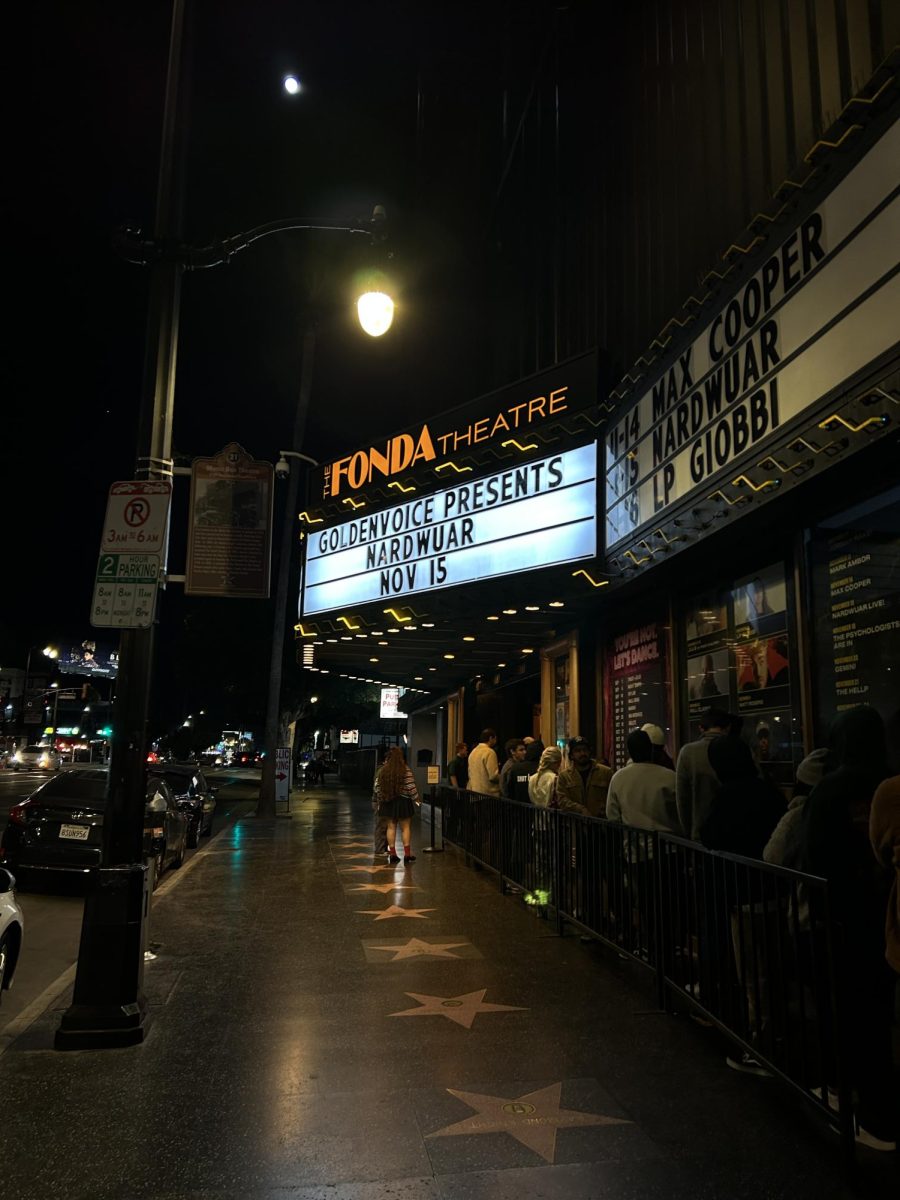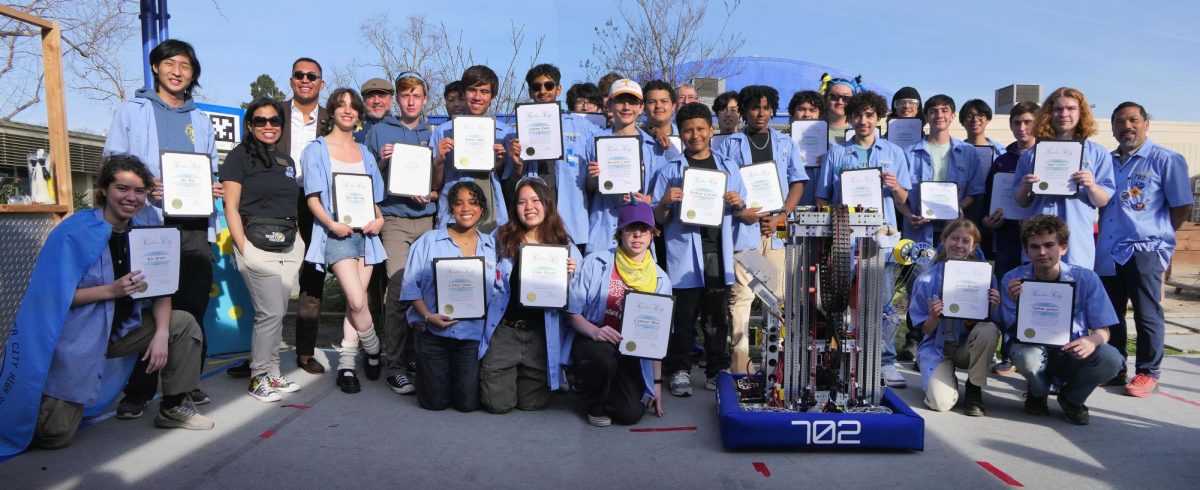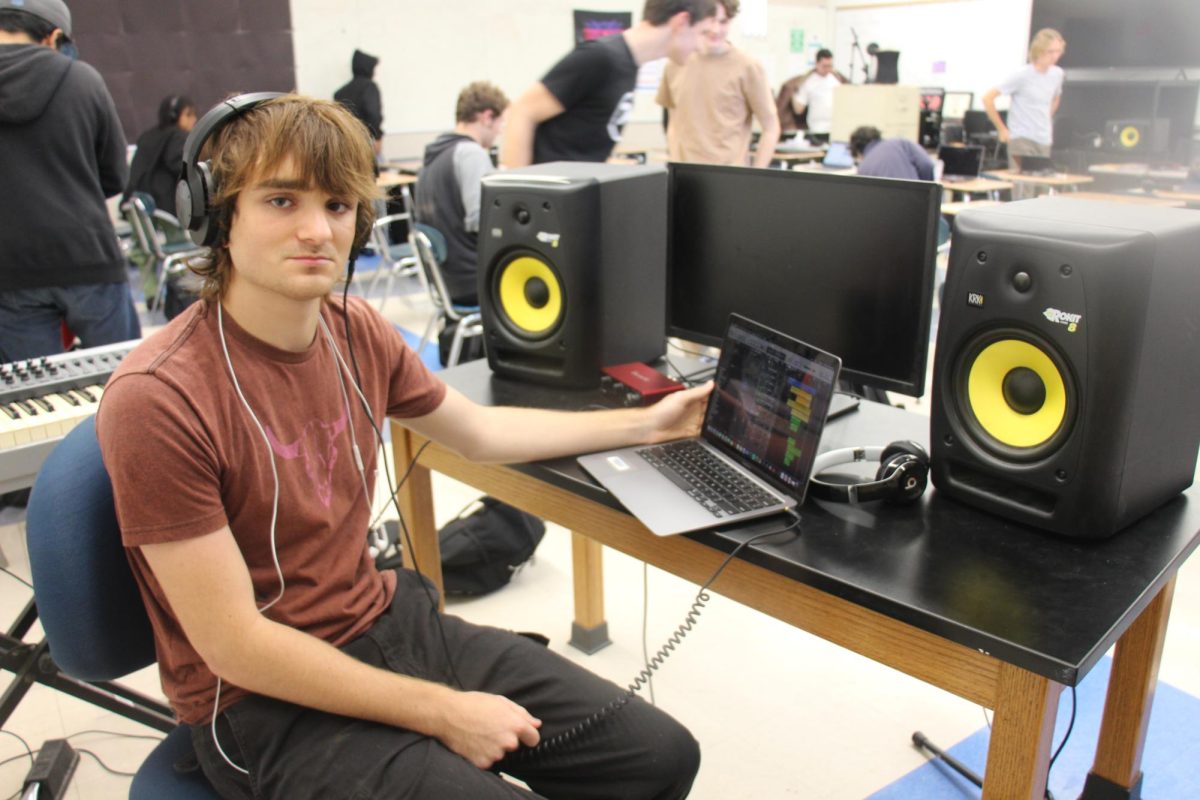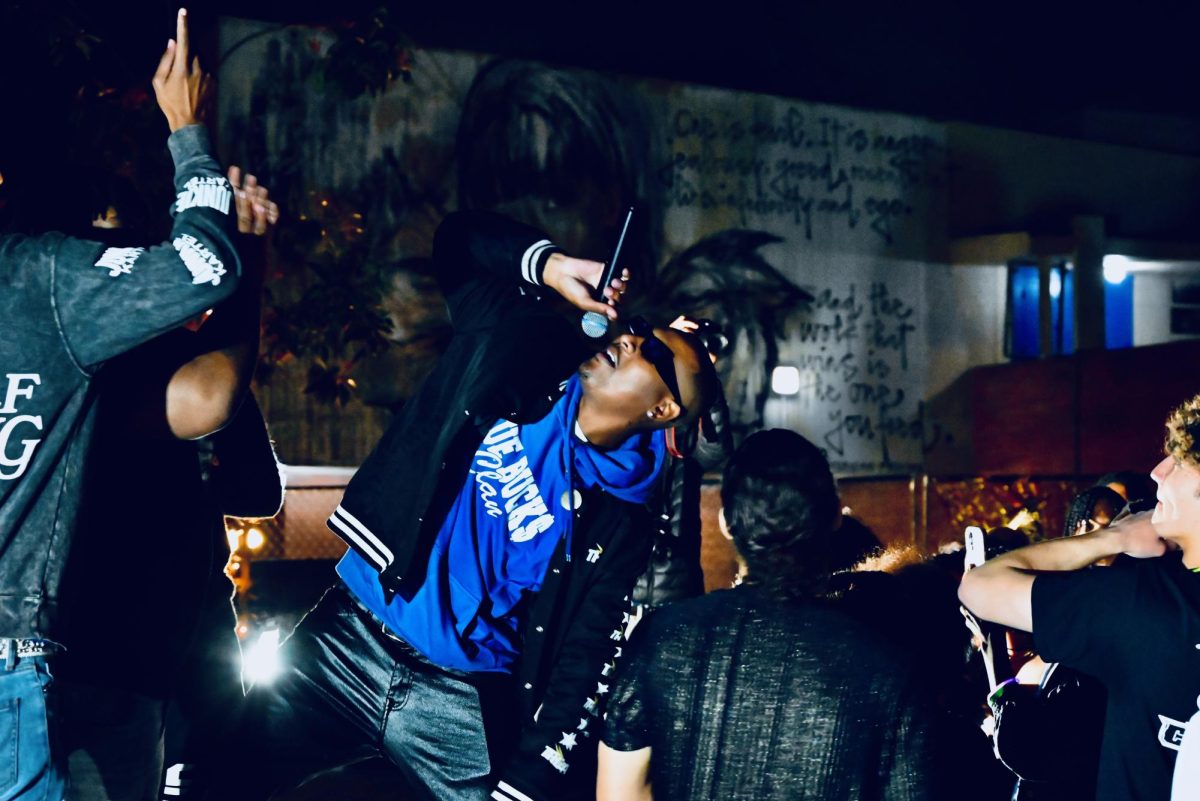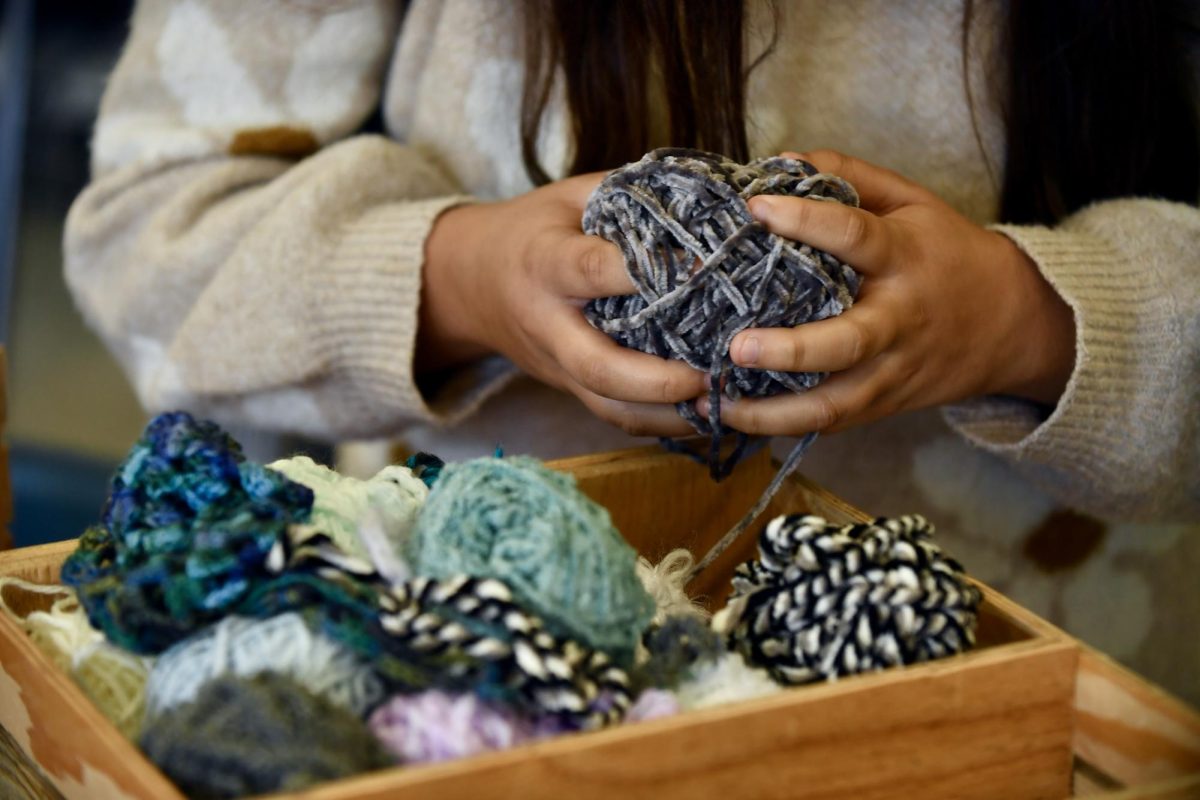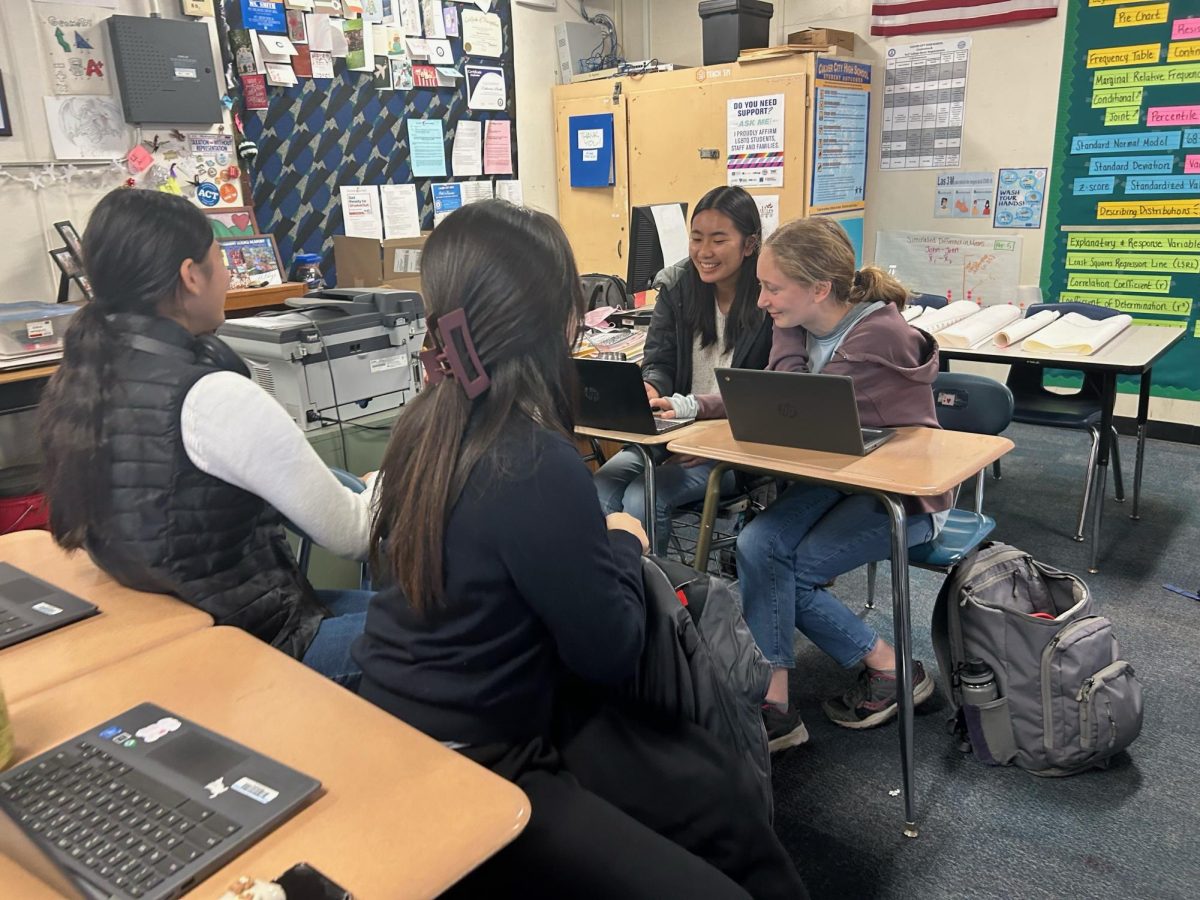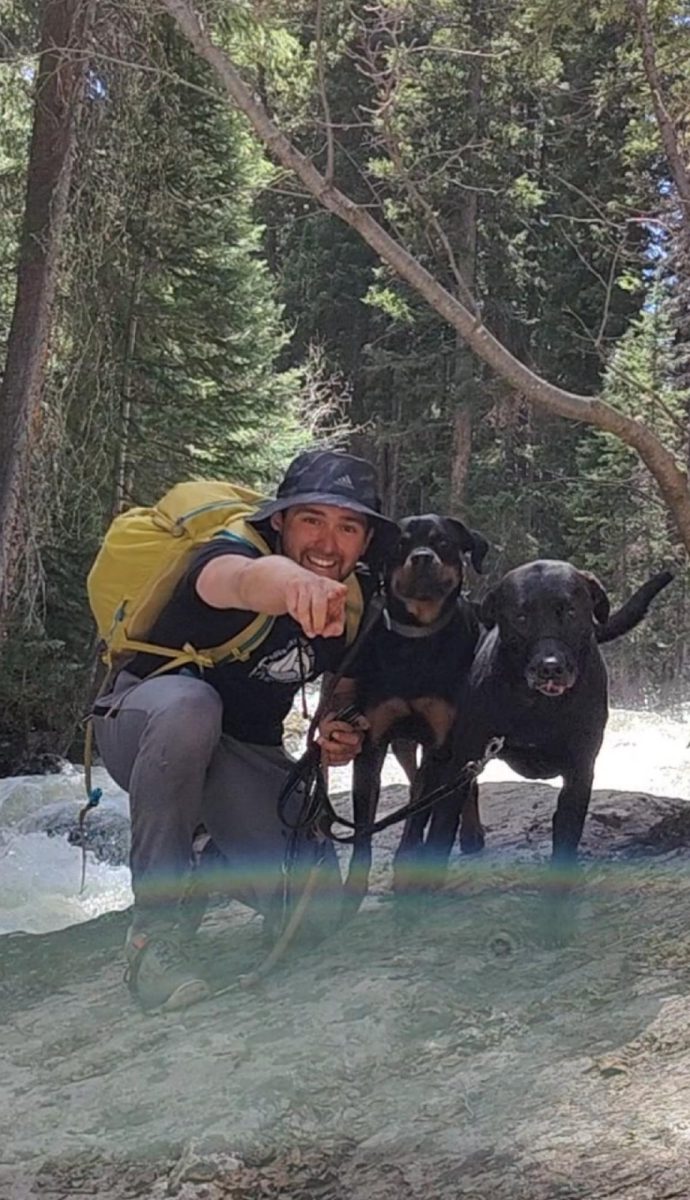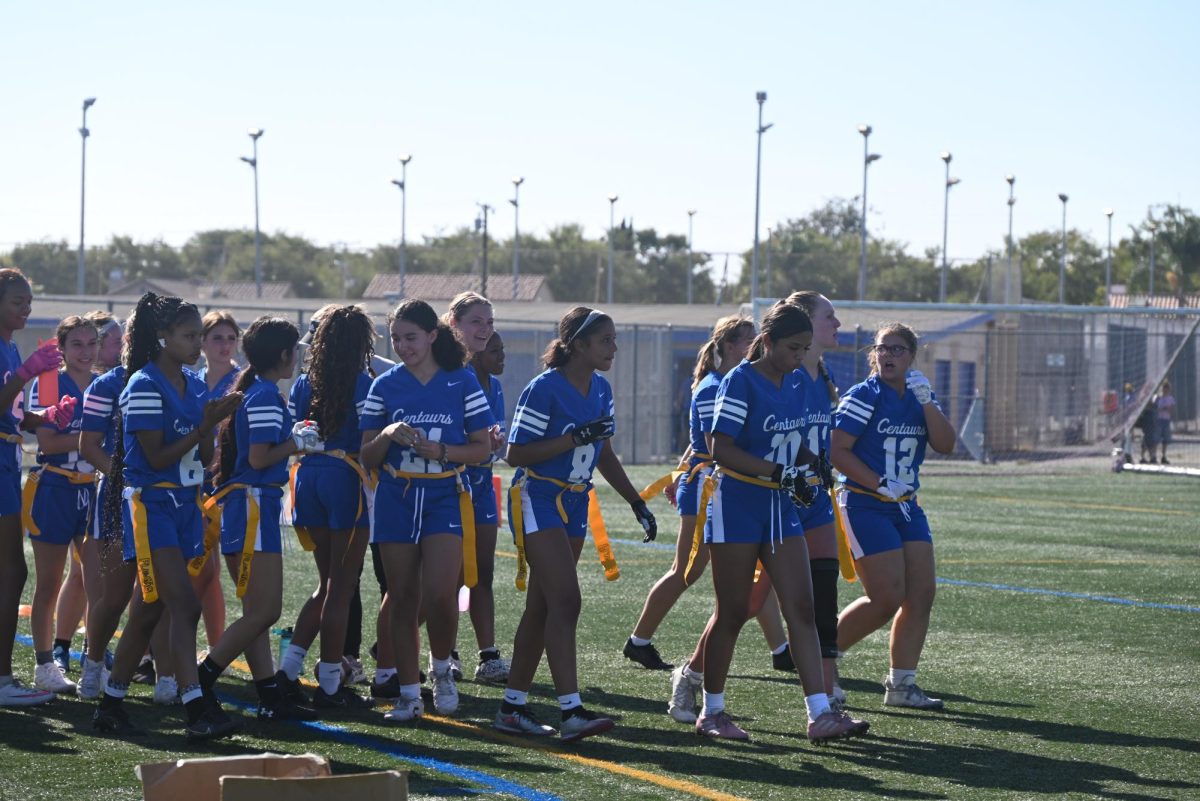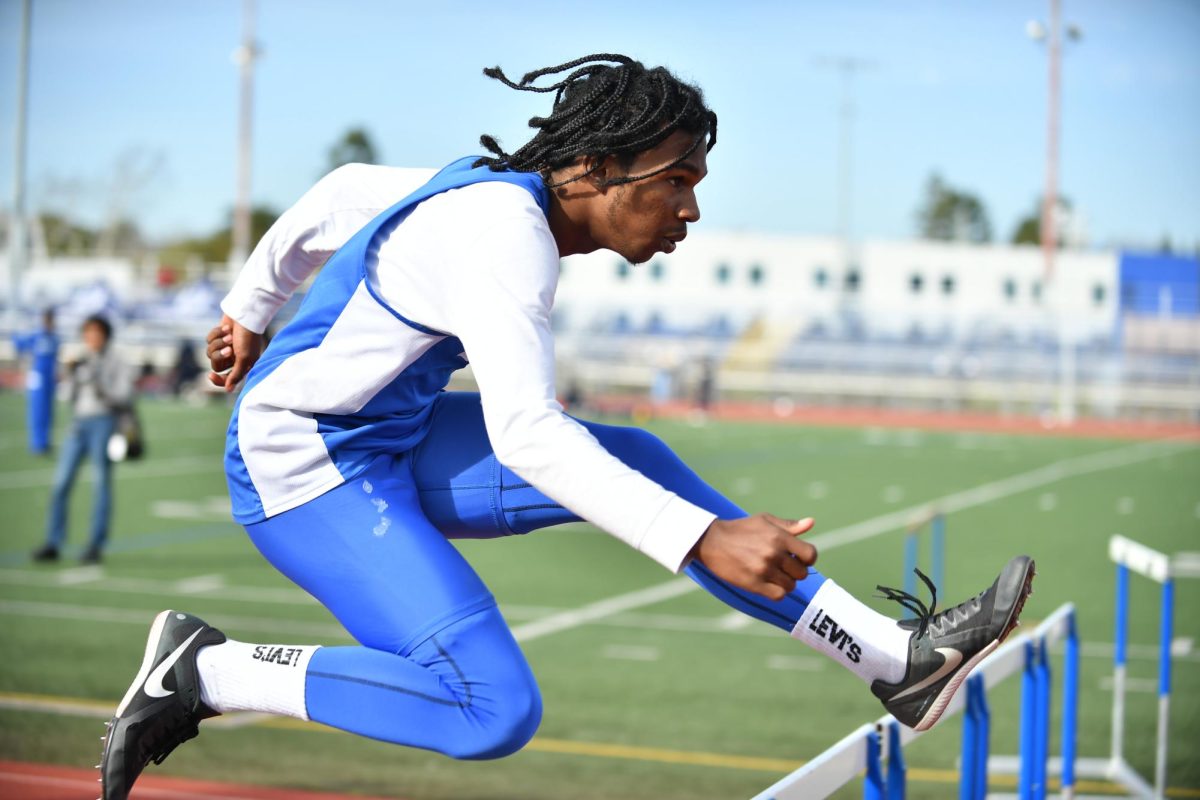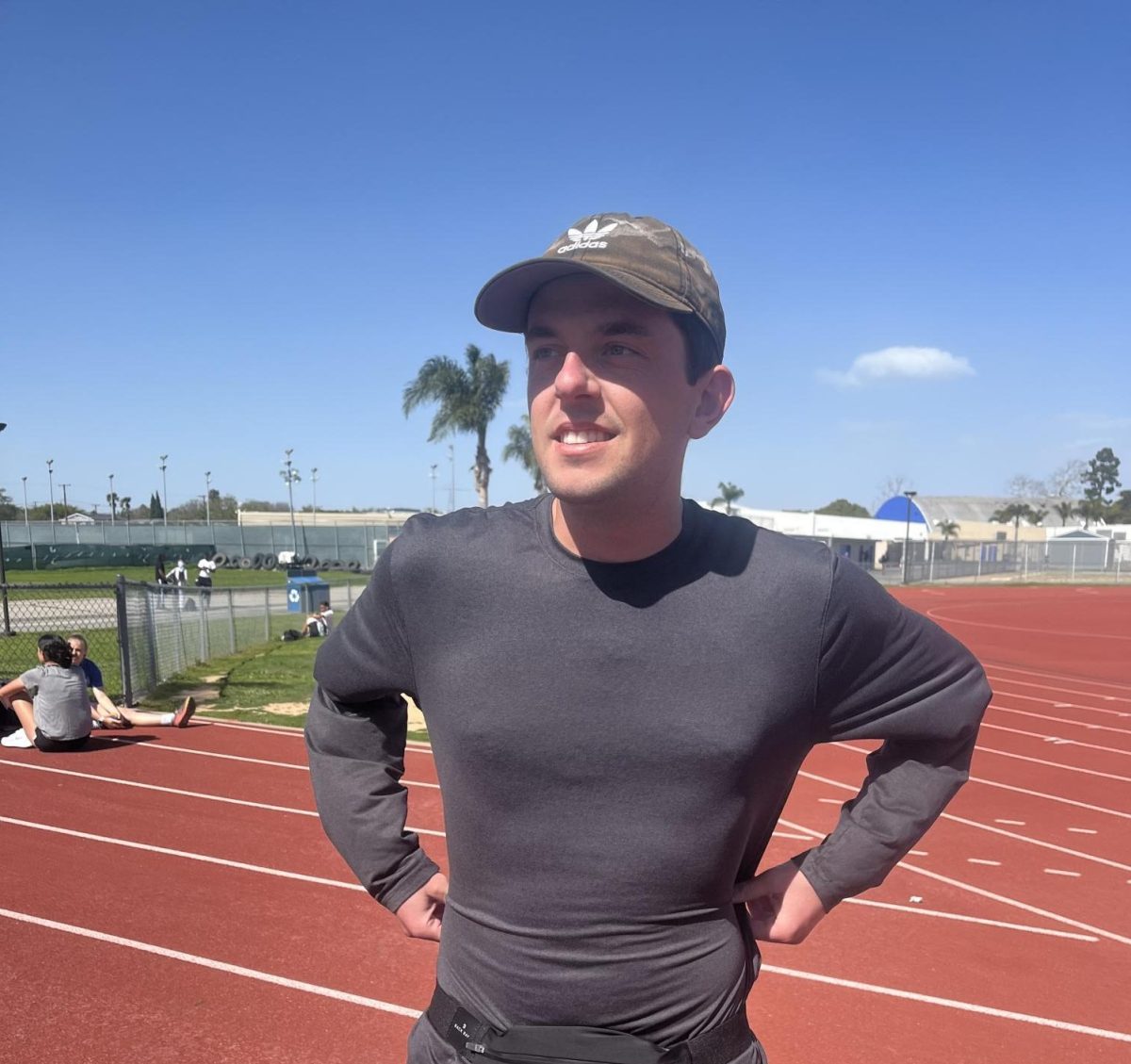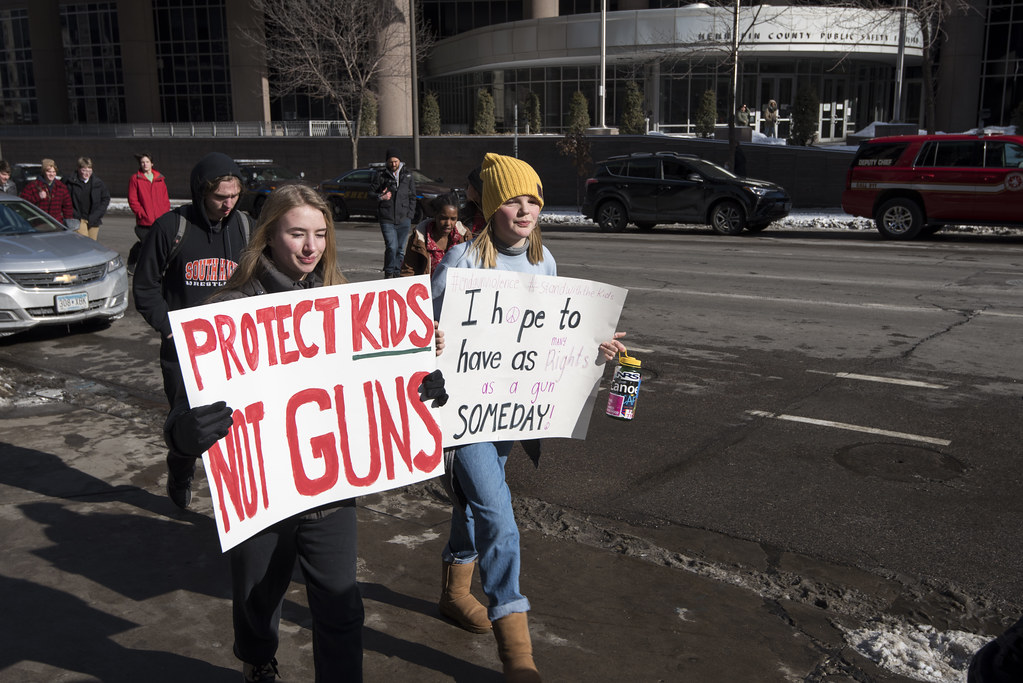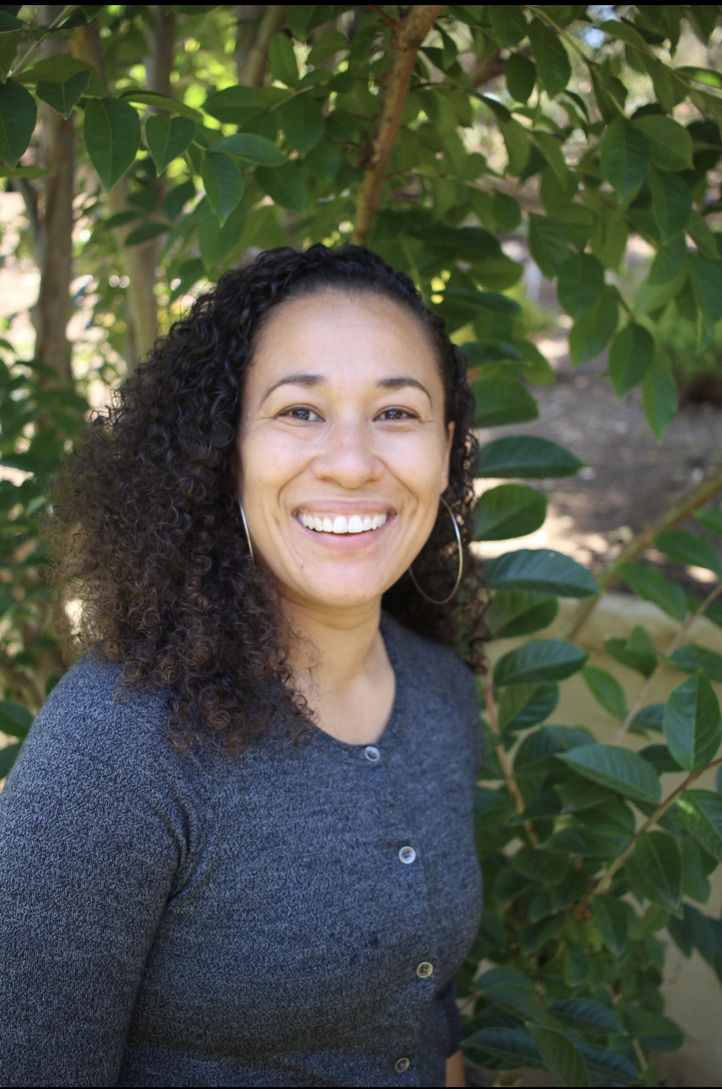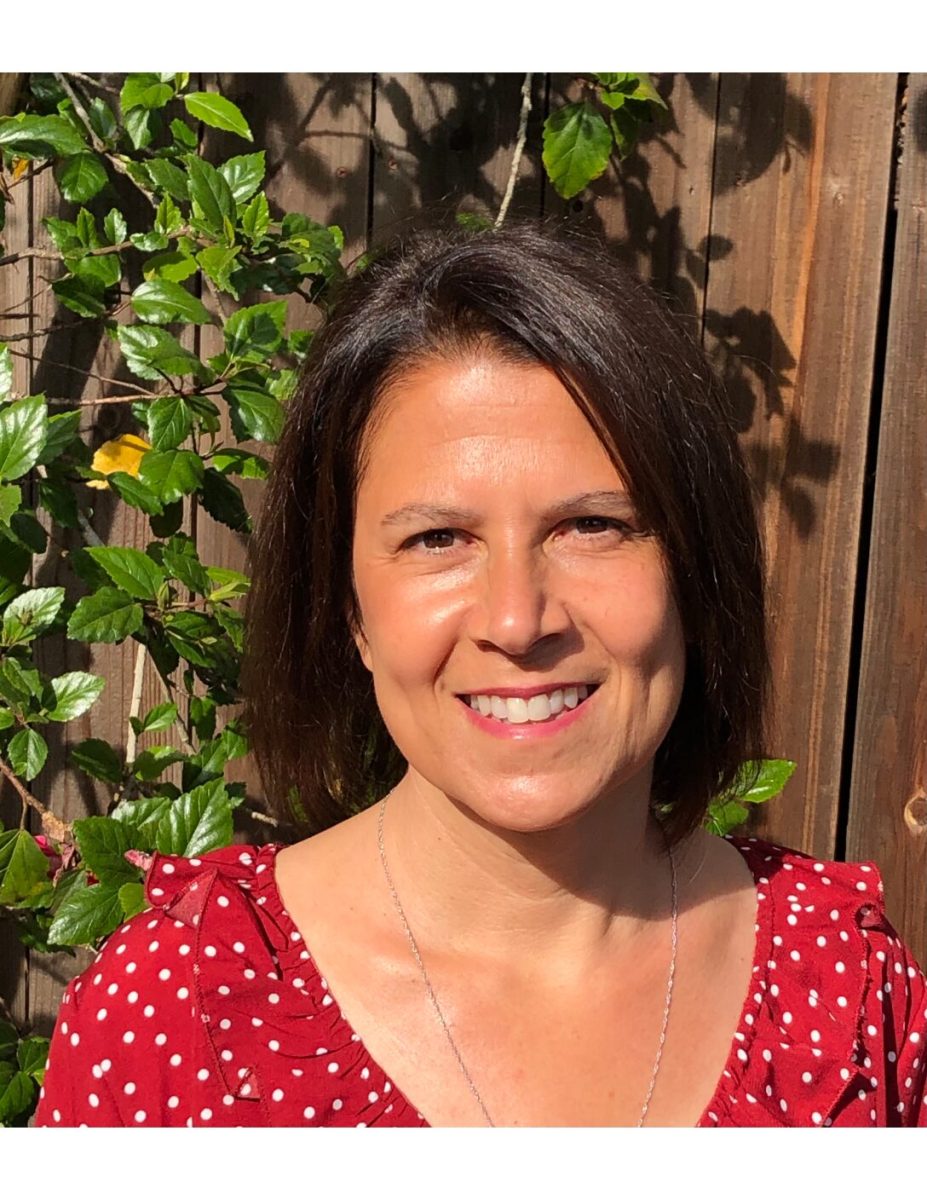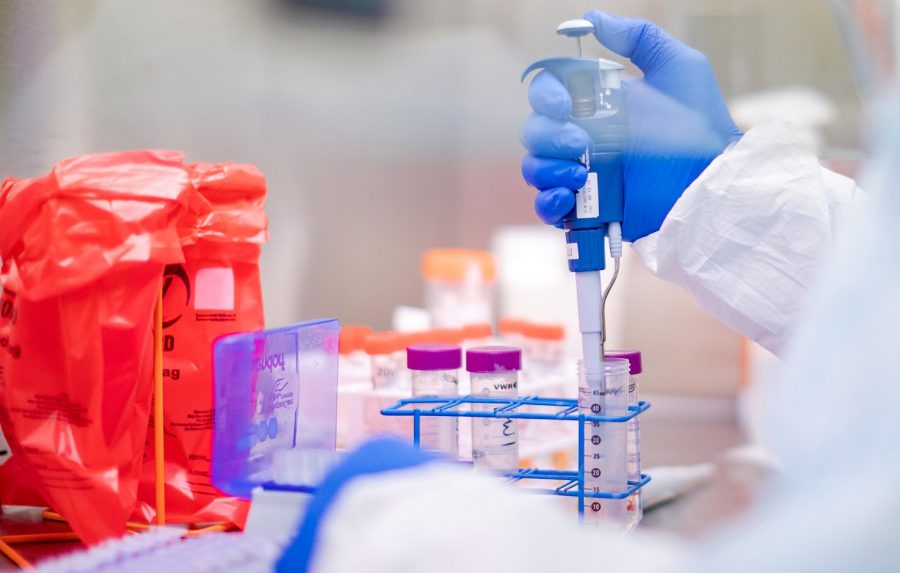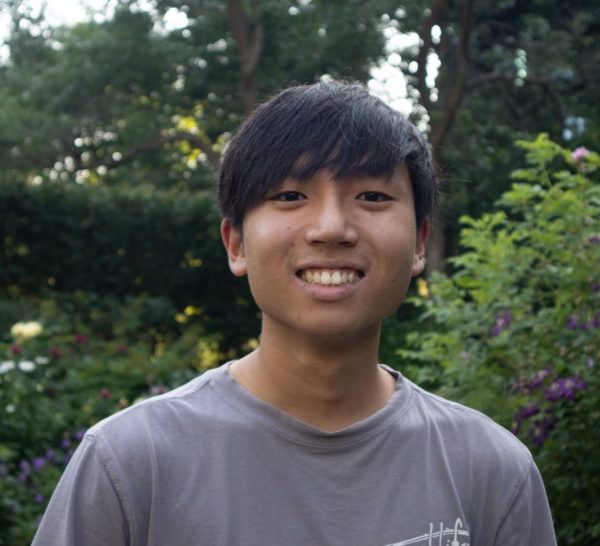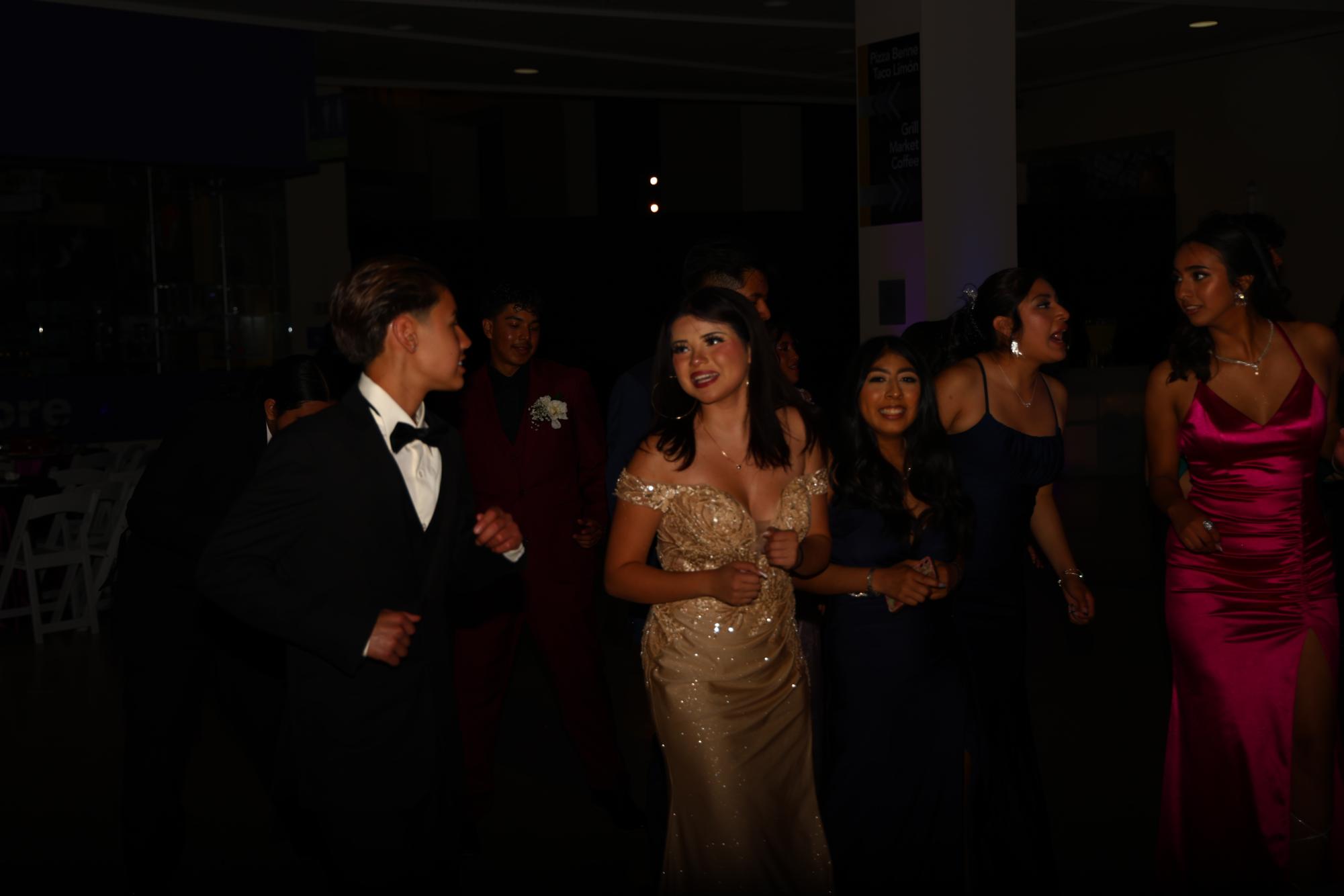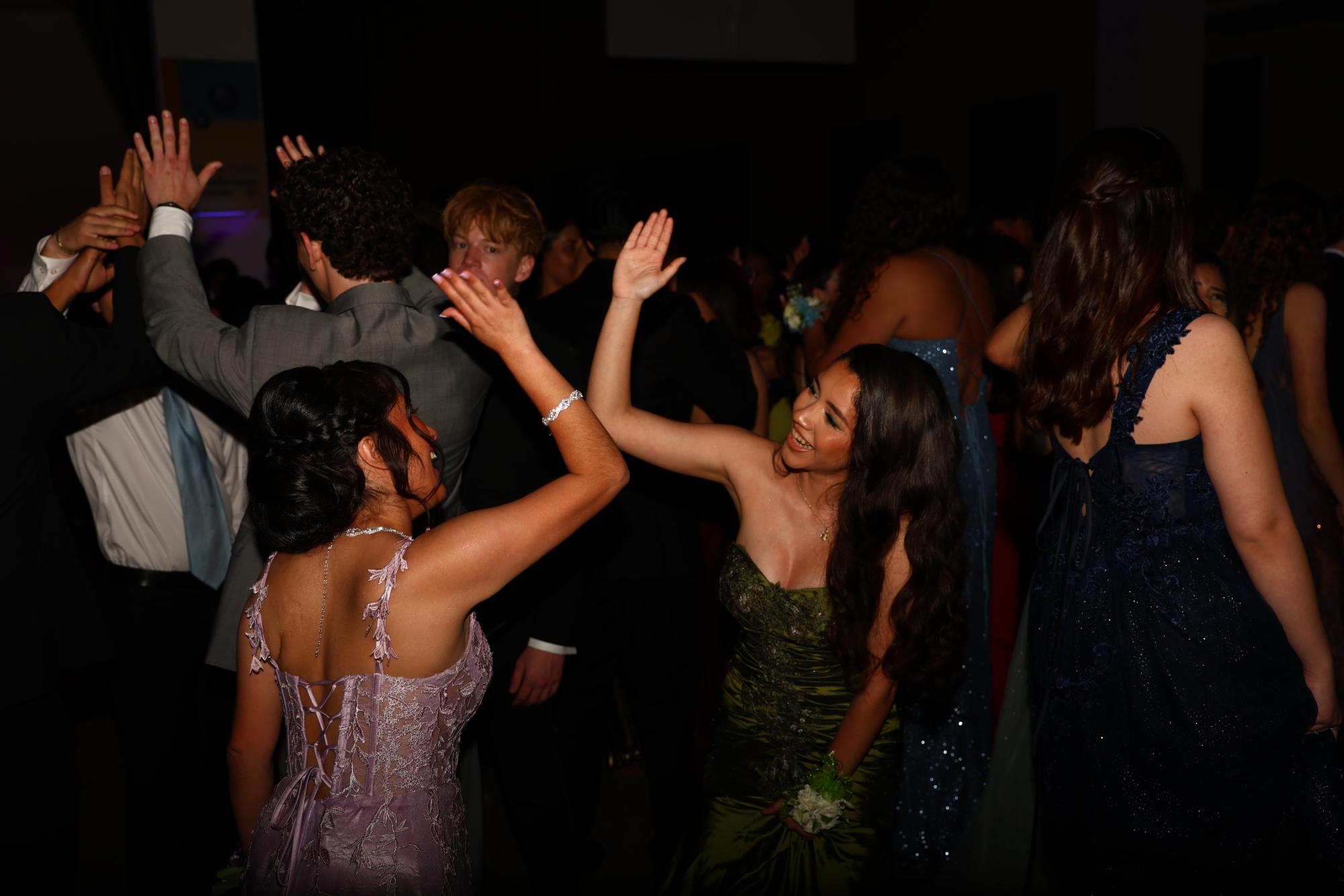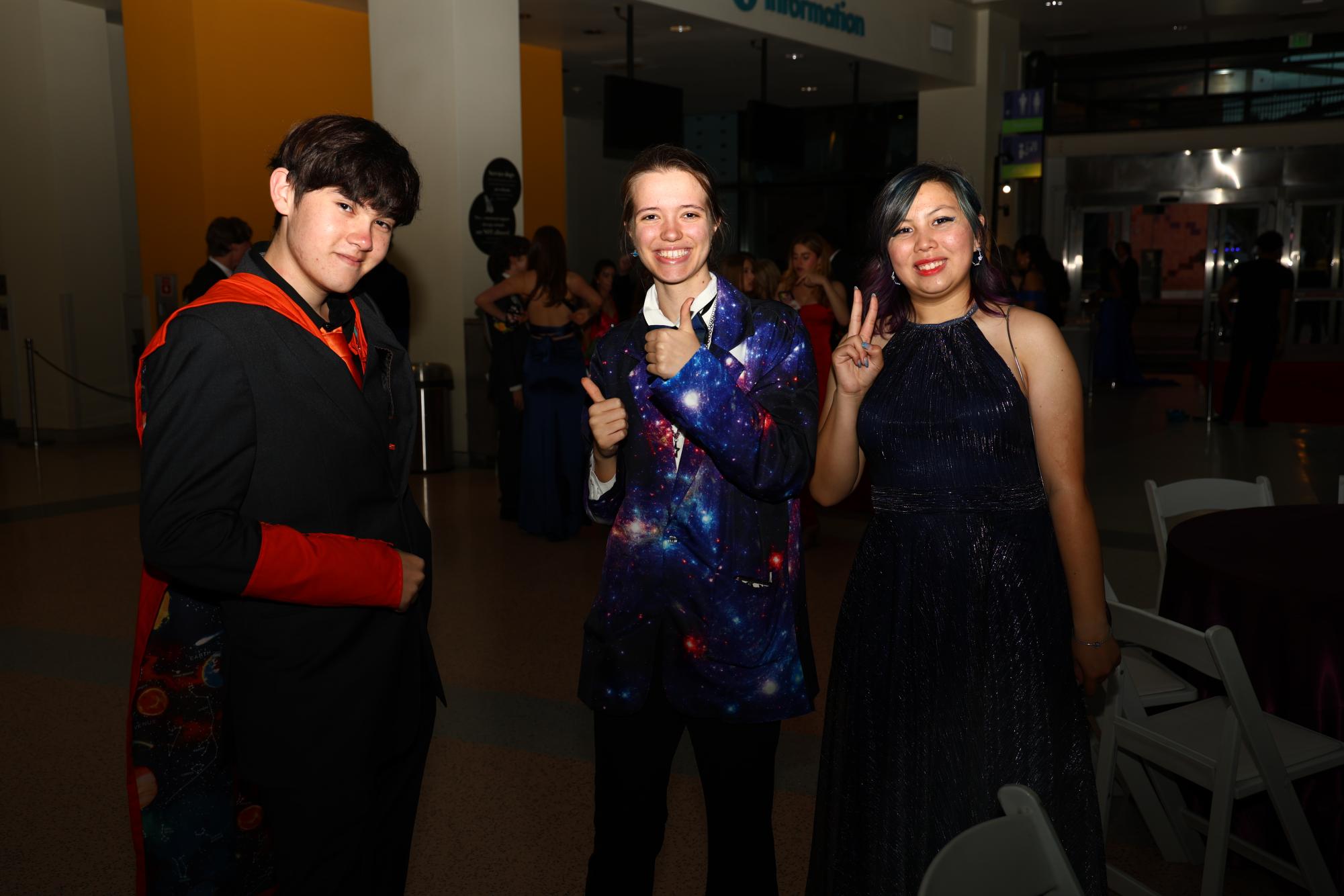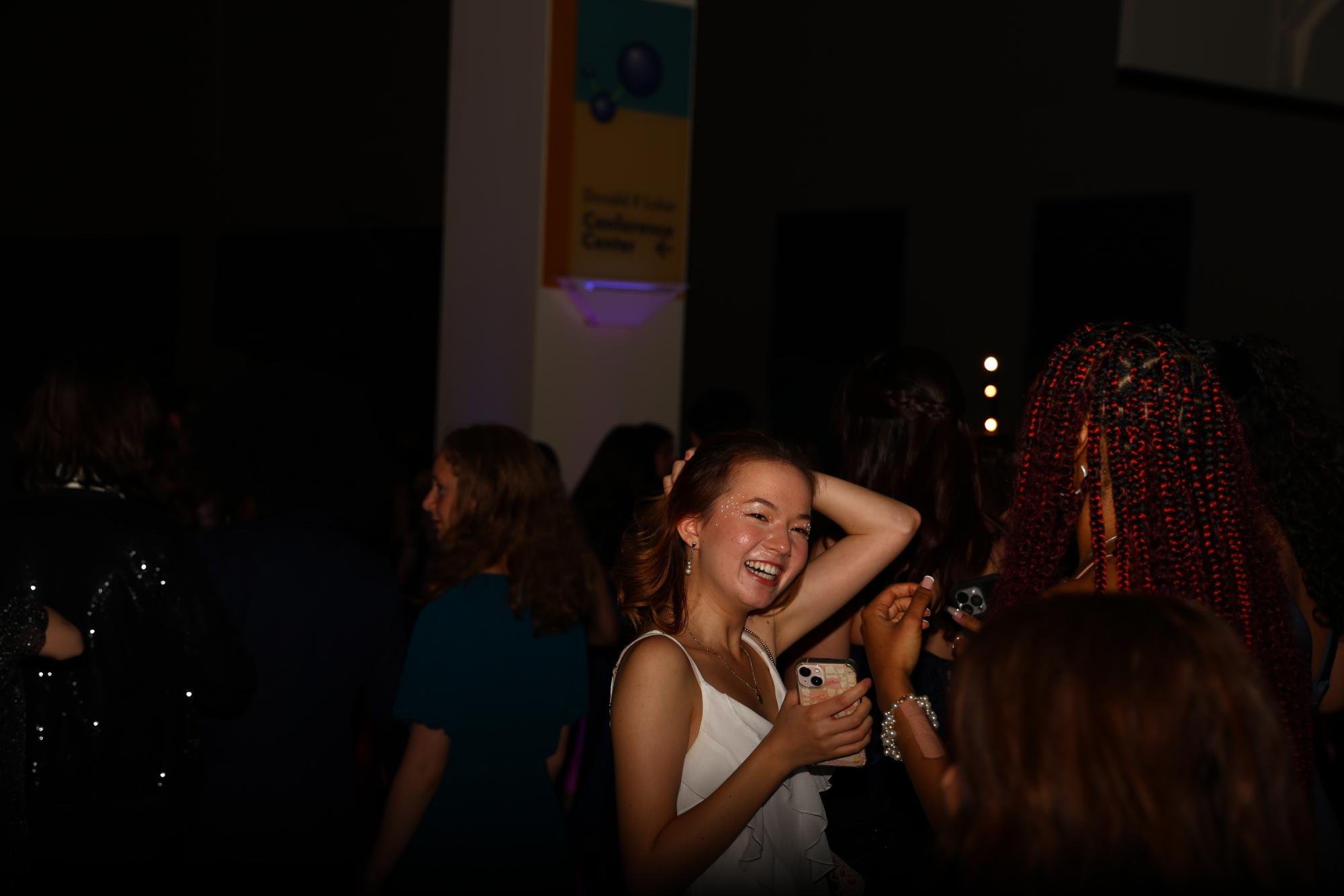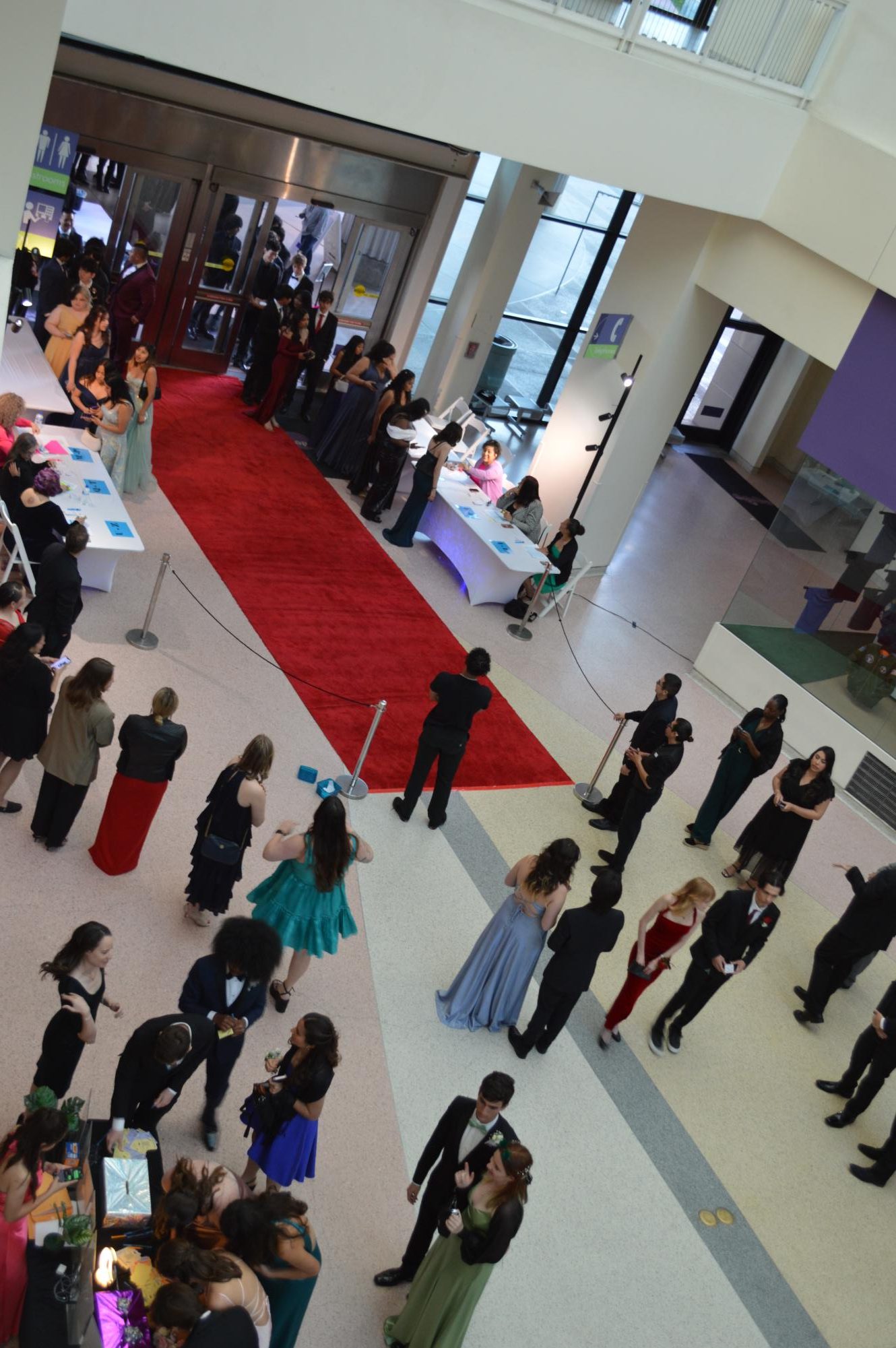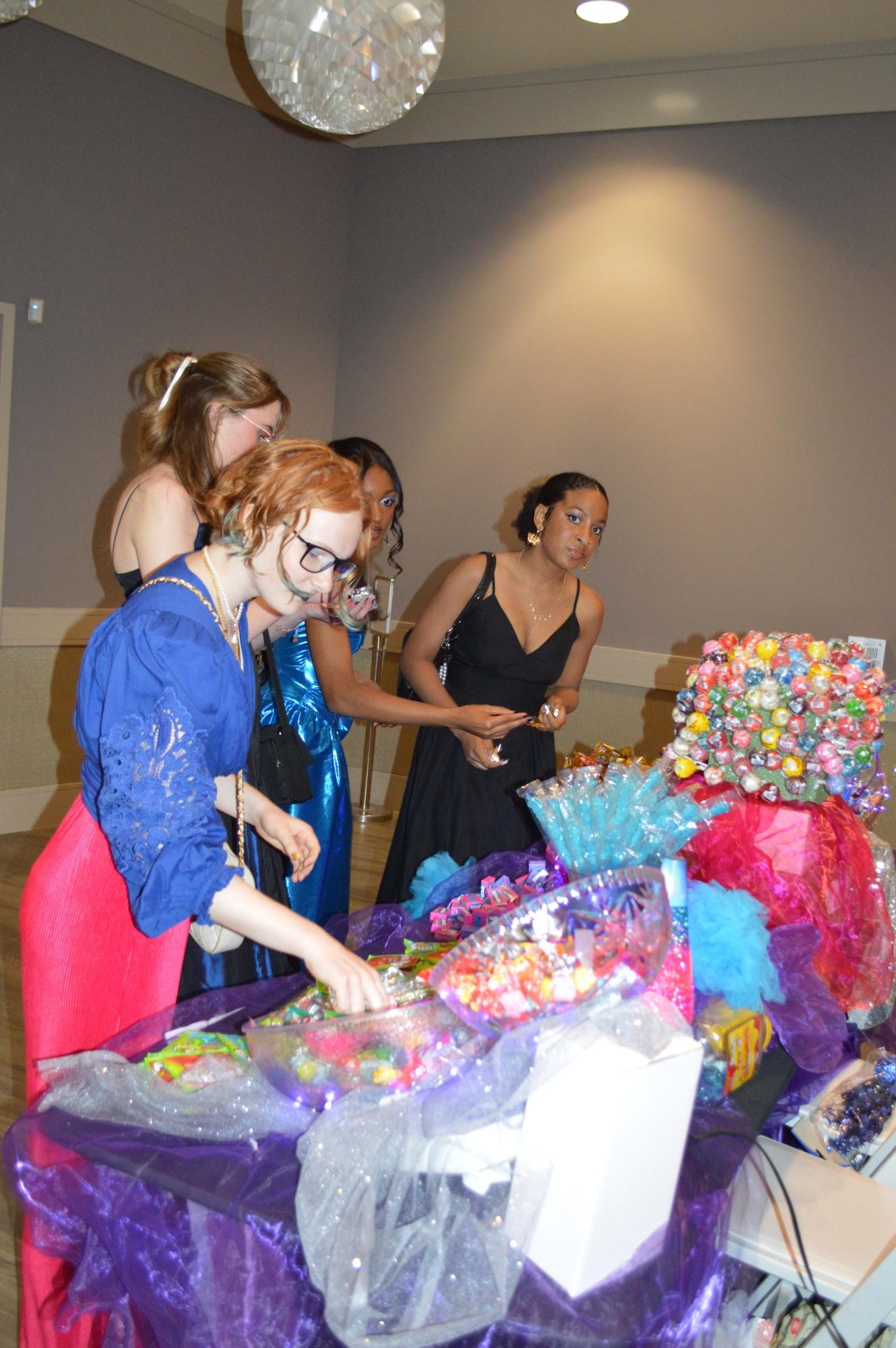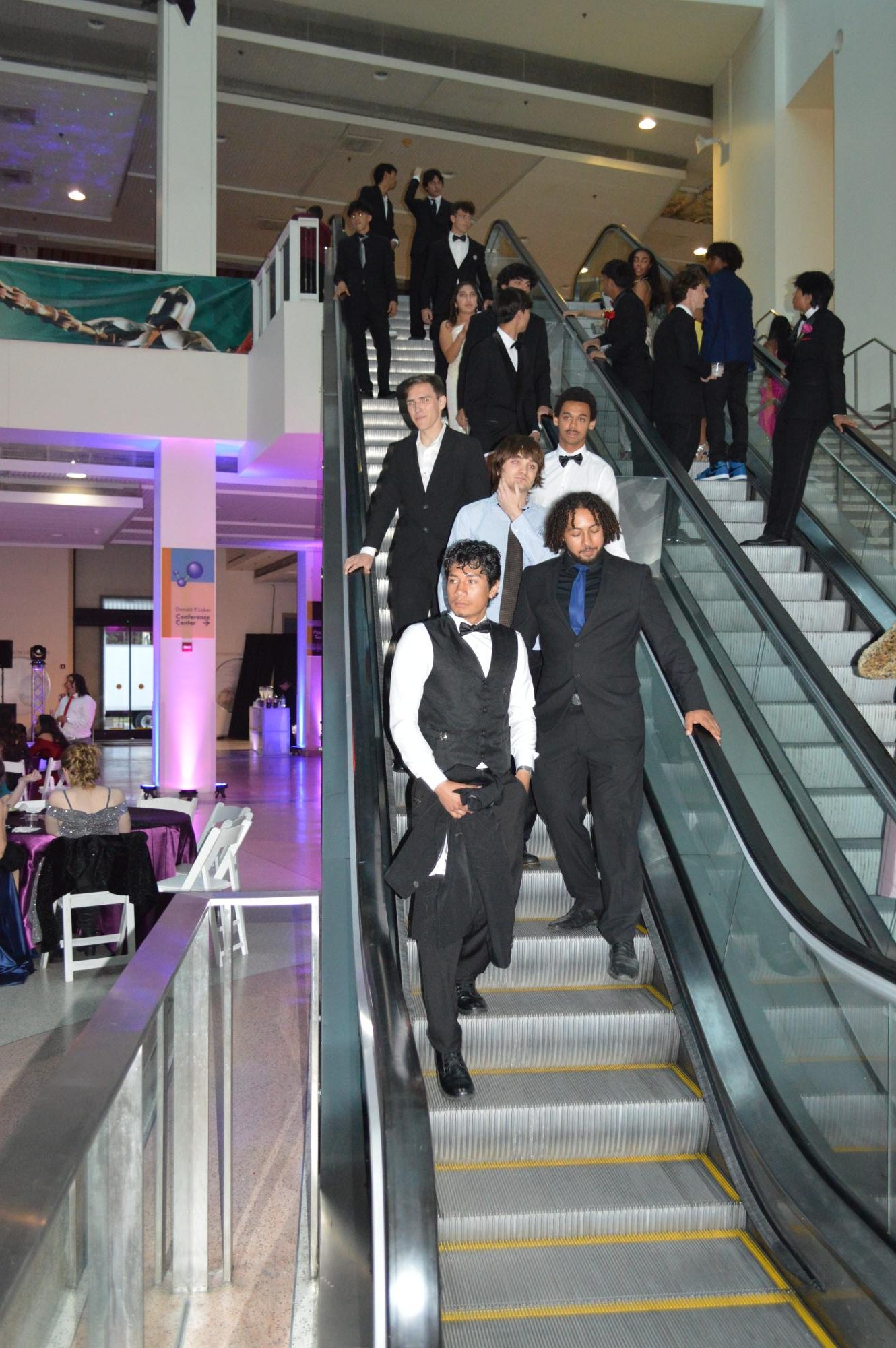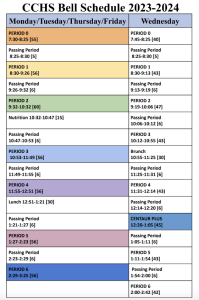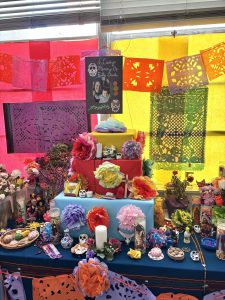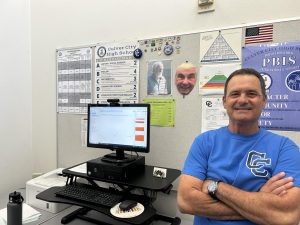The State of COVID-19 Vaccines in California
March 8, 2021
In a December 8 news conference, then president-elect Joe Biden announced the administration’s now recognized goal of administering 100 million vaccines across the US in its first 100 days in office. While vaccine rollout seemed lackluster in the early weeks of this new year, the US now seems more than likely to exceed the Biden administration’s goal.
Currently, the FDA has authorized three vaccines nationwide for emergency use: the double dose Pfizer-BioNTech and Moderna vaccines, and the recently approved Johnson and Johnson’s single-shot Janssen COVID-19 vaccine. While each of these vaccines as well as others pose their own differences such as the genetic code used, efficacy, and side effects, their objective remains the same — drastically reduce COVID-19 transmission rate to end the pandemic as ethically and efficiently as possible.
As these vaccines continue to be produced and distributed across the country, each state has begun to enforce their own COVID-19 distribution plan. In California, vaccine distribution is divided into phases, prioritizing those most susceptible to the virus.
According to ABC7, the current phases currently underway are Phases 1A and 1B, with the former phase including health care personnel as well as workers and residents at nursing facilities and long-term. Phase 1B prioritizes people of ages 65 and older, workers in education and childcare such as teachers, emergency service workers, and those in food and agriculture, which includes farmers and grocery employees.
The next group of the vaccine rollout is Phase 1C, which is estimated to begin around March 15. This phase includes people aged 16 through 64 with underlying health conditions or disabilities. After Phase 1 is completed, the second phase is expected to be an age-based system that will eventually open up to the general public in the coming months, although major details and dates are still to be determined.
As of March 5, 13,345,790 vaccine doses were shipped to California with about 76.5%, or 10,213,706 doses, actually administered to people as reported by ABC7. However, the state has continued to lag behind in the vaccination process, particularly in the first few weeks of the rollout of doses. Public health experts point towards already overwhelmed public health care systems from COVID-19, the challenges in an unprecedented vaccine rollout with California’s large size and population, and the lack of federal leadership as the factors for the vaccination delay, according to Cal Matters.
Once local counties begin adjusting to the vaccine distribution and administration process over time, the system is expected to ramp up with more vaccine doses being put in people’s arms. According to the LA Times, California administered an average of 207,458 vaccines each day in the last week of February, a substantial increase from the 7-day average of approximately 50,000 doses in the first week of January.
Vaccinations must continue to increase in order for the US to reach herd immunity against COVID-19, however. To reach this target, an estimated 70%-85% of the American population would need to be vaccinated, as stated by top medical advisor Dr. Anthony Fauci.
Californians who are eligible and wish to currently receive the vaccine must do so by signing up through the state’s MyTurn pilot site at myturn.ca.gov or through the public health website of their individual county. LA County residents can visit the county website to sign up for vaccine appointments.
Although people can receive the vaccine at local hospitals, pharmacies, and health centers, mass vaccination sites across California and Los Angeles have opened up in recent weeks as part of the effort to speed up the administration process. Currently unused sports stadiums turned into vaccine centers include Dodger Stadium, the San Francisco 49ers’ Levi Stadium, and the Los Angeles Rams’ and Chargers’ Sofi Stadium.
There is no doubt that the pandemic has been grim over the past year. However, with the vaccination system that has taken charge across California and the sharp drop of COVID-19 cases and deaths statewide, it certainly seems as if there is light at the end of a very dark tunnel.
